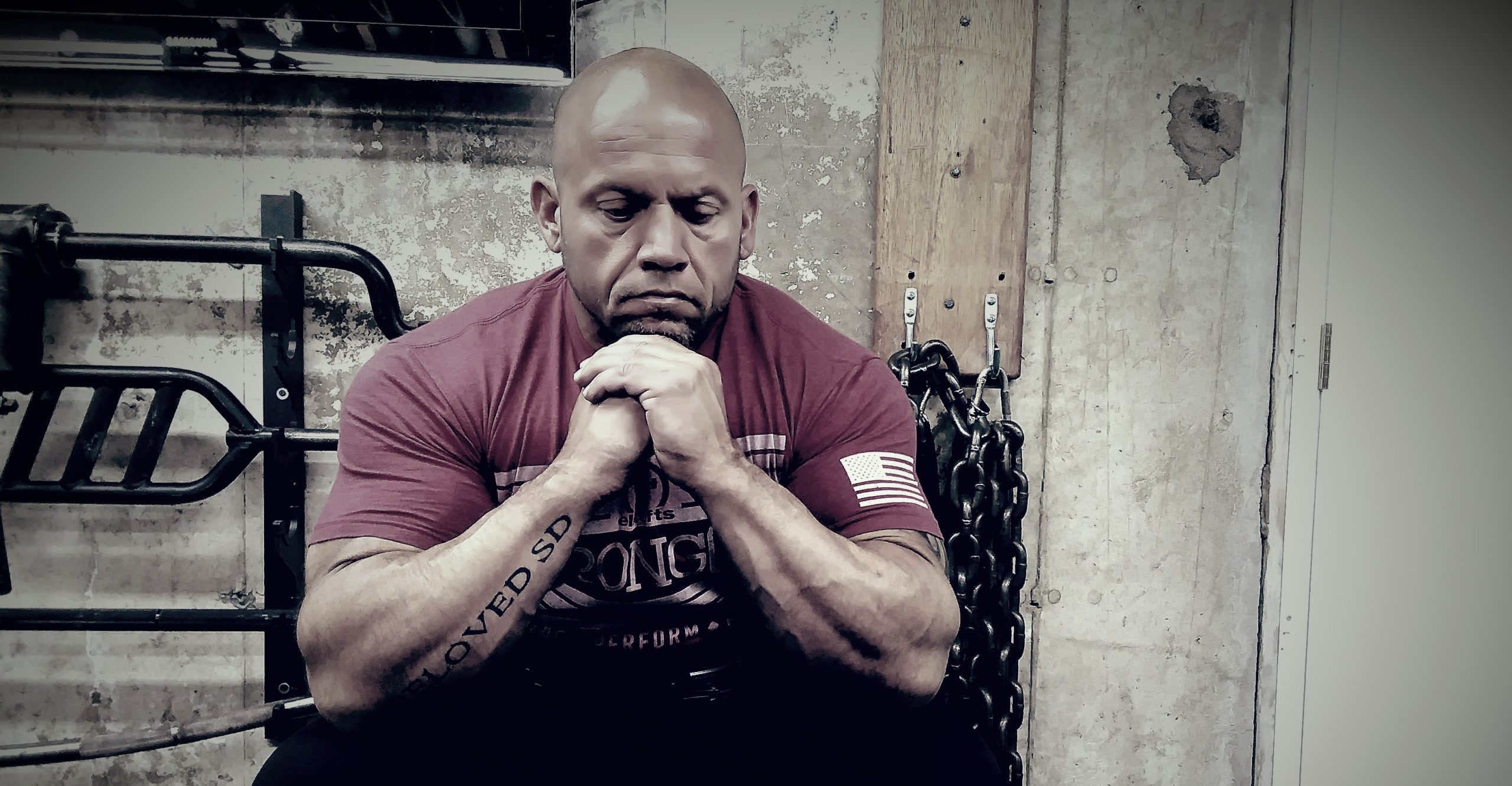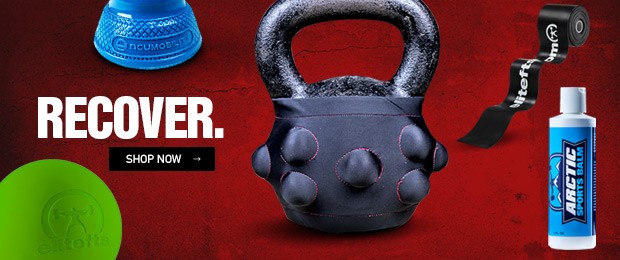
Training And Inuries For The Hardcore Competitor
Let me start with, I am not telling anyone to ignore an injury. I would never tell a lifter to throw caution to the wind. That said, not all situations are equal. This is where you apply the sliding scale for training and injuries.
My goal while I was coming up was to be one of the strongest lifters in the world. I pushed myself to the limit and beyond many times. What I did then versus what I do now is based on many variables.
Back in the day if I was to stop training every time I had a bump or bruise I would have hardly gotten to train. When you are driving yourself that hard, you feel awful, a lot.
I would regularly work through and around strains and sprains. Then when the workout was over I'd do whatever I could to recover for the next session. Sometimes I would be able to do that at home on my own, but more frequently I'd be off to see my PT and or my massage therapist.
I never felt completely whole, but I'd be well enough to get through the necessary training sessions. Keep in mind, my main focus was on competing at a high level. Ask most athletes how they feel during their season. I bet most will say they are pretty beat up.
While training for a competition, I would usually take a two-week deload prior to the meet. That would usually leave me enough time to rest and work on recovery where I'd feel ready to compete. After the meet, I would take additional time to get my body right before starting the next training block.
Dani Lamartina - Programming Through Injury Good Better And Best Options
The Sliding Scale For The Enthusiast
Even though I may compete here and there on occasion, I no longer consider myself a competitor. I'd say I'm more of a strength enthusiast.
What's the difference between an enthusiast and a hardcore competitor? In my opinion, the hardcore competitor knows the risks of pushing massive weights. That lifter knows and is willing to accept the consequences of this sport. That means he or she is not afraid of breaks, tears, or surgeries.
That does not mean the enthusiast does not train hard. However, here lies a different scenario for the sliding scale for training and injuries.
It's been decades since I walked around feeling good regularly. I feel beat up from training, but I don't feel constantly injured. It's a life-altering change.
Now when I have a flare-up of tendinitis, a strain, or some other ache or pain, I don't train through it. I don't even necessarily try to train around it. I won't let my body get near that pain.
Let's say I have an issue with my shoulder. That means I may only train legs for a week or two. I don't take those upper-body days off completely. Instead, I'll jump on the treadmill or airdyne while rehabbing the shoulder issue. Conversely, if it's my lower body that is giving me the issue, I may focus on foam rolling and stretching on my squat and deadlift days for a few weeks.
I had to learn in order to feel good I have to make compromises. I love to train. I hate not hitting a scheduled session. But with my age and experience under the bar, I need to pay attention to that sliding scale.









